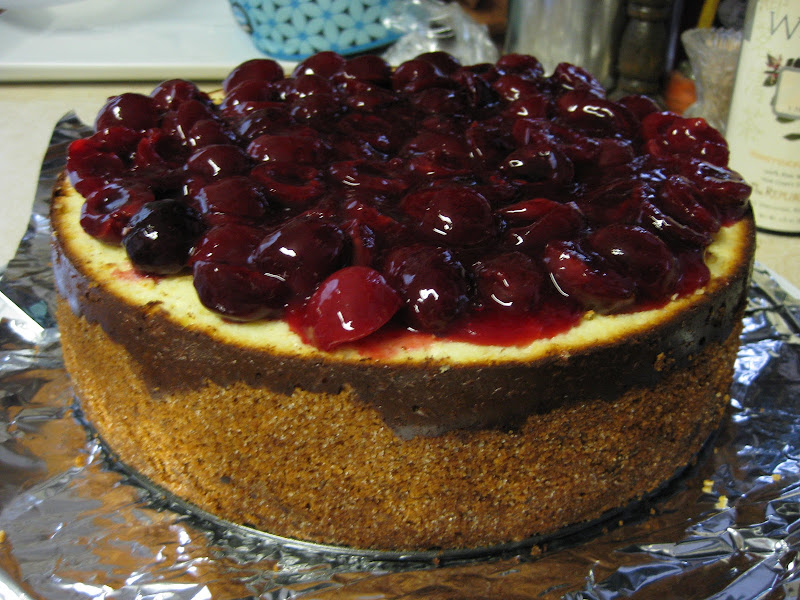
Sometimes, a recipe is just more trouble than it's worth. Usually, this happens when you're working with a recipe that aims for complete and utter perfection -- sure, whoever created the recipe (in this case, the folks at America's Test Kitchen) might have gotten a result that was "perfect," but who says that'll be how it comes out when you make it, and for that matter, who says that it has to be perfect, anyway? In quite a few cases, "close enough" tastes just as good to the average person.
So it was with this recipe. After hunting all over the grocery store to pick up such specialized ingredients as wheat germ and rye flour, I made this recipe, and the result was... eh. It was alright. I didn't get the oven spring I'd expected, so the loaves came out awfully flat, which I read later could actually be due to the fact that it's wheat bread, made with a harder flour -- perhaps I should've let it rise more than double the second time, but the recipe didn't say that, so what I got were loaves that were the same size out of the oven as they were going in. And for all of this fussing, the taste is pretty standard, not the yeasty deliciousness I'd expected -- again, this could be because I've only ever made white bread, so I'll admit, my expectations may have been too high. What this is, to my taste buds, is a standard wheat bread, unexceptional except for the crispy homemade-tasting crust. I suppose that at least it's all-natural, 'cause it's homemade. But I'm not sure if I'd bother making this again. Wheat might be healthier, but white just tastes better.
Wheat Bread
From "Baking Illustrated"
2 1/3 c warm water
1 1/2 tbsp instant yeast
1/4 c honey
4 tbsp melted butter
2 1/2 tsp salt
1/4 c rye flour
1/2 c toasted wheat germ
Scant 3 c wheat flour
2 3/4 c regular all-purpose flour
1. Mix the yeast with the water in a large bowl. Add the honey, then the butter, salt, rye flour and wheat germ.
2. Mix the two remaining flours in a separate bowl.
3. Add the flour mix into the wet mix, half at a time, then knead together on a lightly floured surface until the dough is soft and smooth. (Keep in mind that doughs can vary based on the temperature and humidity in your kitchen -- you may not need all of the flour, or you may need a little more. Use your own judgement as to whether it's too sticky.)
4. Form into a ball and place in a large, lightly oiled bowl. Let rise in a warm, draft-free place for about an hour, until doubled in volume.
5. Press the dough down and divide it into two equal parts. Form each into a rectangle about 1 inch thick and 9 inches long, then roll up from a long side and pinch closed. Place seam-side down into greased 9-by-5-inch loaf pans. Cover and let rise another 20-30 minutes, until doubled in volume.
6. Bake in a 375-degree oven for 35 to 45 minutes, until they sound hollow when tapped. (To be extra-sure, you can stick a meat thermometer into the center of one loaf -- if it gets up to 205 degrees, it's done.) Depan and cool on rack.





